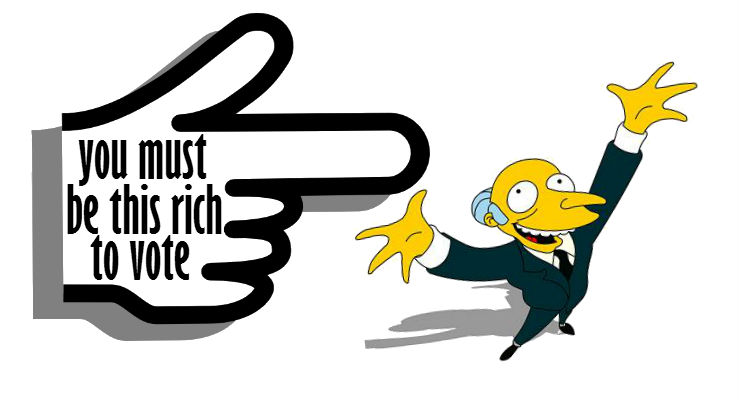
In new research published in the Election Law Journal, Quan Li, Michael J. Pomante II, and Scot Schraufnagel outline an innovative index system. In their report, titled “Cost of Voting in the American States”, the researchers reveal their insights.
The index includes data about various types of costs facing voters including photo ID requirements, voting booth availability, the flexibility of poll hours, and the availability of time off from work with pay for voting. Some states even have financial penalties for the violation of deadlines or rules related to registration lists. Online voter registration, absentee voting, and early voting are some policies that clearly are shown to reduce the cost of voting.
According to the index’s findings for 2016, “voting was most difficult in Mississippi and… voting was easiest in Oregon, which was the only state to make use of automatic voter registration in 2016”. The poor state of Mississippi’s democracy should be a surprise to no one. Mississippi has no online voter registration system, no same-day voter registration, and no early voting. Photo ID is required. As a result of state voting laws, this year “little more than 13 percent of Mississippi’s registered voters (245,100 people) cast ballots in the June Republican and Democratic primaries”.
A somewhat technical outline of the research on the cost of voting comes from the paper’s abstract:
The “research uses principal component analysis and information on 33 different state election laws, assembled in seven different issue areas, to create a Cost of Voting Index (COVI) for each of the 50 American states in each presidential election year from 1996 through 2016. In addition to providing detailed description of measurement and coding decisions used in index construction, we conduct sensitivity analyses to test relevant assumptions made during the course of index construction.”
“The COVI reported in the article is the one that is the most theoretically sound and empirically indistinct from the other index construction options considered. We also test the construct validity of the COVI using both state-level and individual-level voter turnout. After controlling for other considerations, we find aggregate voter turnout is lower in states with higher index values and self-reported turnout also drops in states with larger index values.”
Leave a Reply